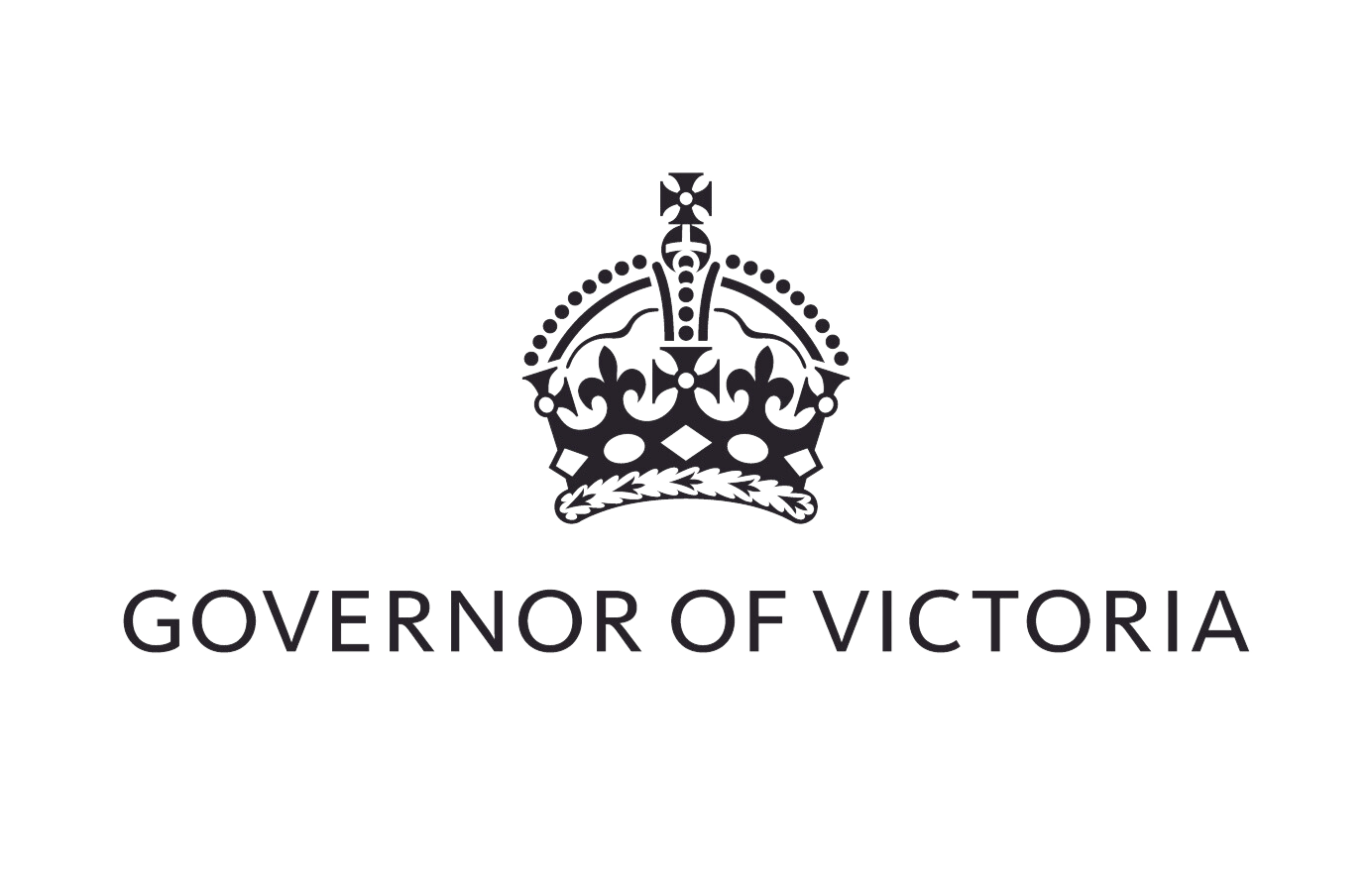Speech by the Governor of Victoria at the Understanding Victoria Discussion Series Four
I begin by acknowledging the Traditional Owners of the lands on which this House stands – the Wurundjeri and Bunurong people of the Eastern Kulin Nation – and pay my respects to their Elders, past and present.
Welcome to the fourth instalment of the ‘Understanding Victoria’ discussion series.
Last year, we focused on three major topics that built upon one another.
We began with a discussion of the gold rush and its impact on the new Colony of Victoria – particularly on how concepts of wealth, rights and liberties were developed in those formative years and shaped our government.
The next instalment was concerned with the Federation of the Commonwealth of Australia and exploring the ‘ideals’ that shaped our nation.
We ended last year with a discussion of the protest movements of the 60s and 70s, and the formation of calls for human rights, which created ‘modern’ Australia.
The theme in all these discussions was the development of democratic rights, and Victoria’s central role in such rapid and monumental changes.
We explored the social changes over these periods, as well as why and how we arrived at those moments.
This year, Understanding Victoria will lean into the economic changes that have come to shape our society and how we live.
This instalment, titled: “A Wage Earners’ Welfare State: From the 8 Hour Day to Harvester” – discusses the way we regulated our economy and shaped our society.
Coined by political scientist Francis Castles, the term, ‘wage earners welfare state,’ refers to a set of industrial standards, labour principles and laws that guarantee an adequate standard of living for those who are gainfully employed.
The notion is that this guarantee of a ‘living wage’ ensures that direct welfare support from the state is only needed for those without employment.
It amounts to a system of universally applied sets of wages and conditions that ensure workers can support themselves and their families, rather than being dependent on other sources.
We must turn our minds back to a time where enterprise bargaining agreements were not the bread and butter of workers’ rights.
As the speakers will discuss, the growth of the union movement brought victories that led to improved rights and conditions (as well as some significant conflicts and defeats).
However, the key was whether and how these wins were shared.
The Stonemasons March of 1856, a signal moment for workers, initially only helped a minority of workers, mainly in the building trades.
An early version of the minimum wage set by the Victorian Factories and Shops Act 1896 covered certain trades.
Upon Federation, the Constitutional power that led to the establishment of the Commonwealth Court of Conciliation and Arbitration in 1904 changed the way labour disputes, trade union recognition, and wages and conditions were dealt with.
This Court was to arbitrate wages and conditions across every corner of this nation.
In 1906, the Deakin government passed the Excise Tariff Act.
This legislation required all employers who did not pay a ‘fair and reasonable wage’ to pay tax on the products they sold.
While the policy was created with good intentions – it was a ticking time bomb – one that would blow up just a year later.
Industrialist Hugh McKay of the Sunshine Harvester Company believed his wages were ‘fair and reasonable’ – others, however, did not.
That question is exactly what Justice Henry Bourne Higgins set out to decide.
This was uncharted territory, and Higgins defined the approach that underpinned historical wage fixing in the statement:
“I cannot think of any other standard appropriate than the normal needs of the average employee, regarded as a human being living in a civilised community.”
He interviewed workers, and controversially, their spouses, to ascertain exactly what workers needed not just to survive, but to live.
Higgins reviewed the items that made up what influential figure Pope Leo XII termed as “reasonable and frugal comfort”:
Light, clothes, boots, furniture, insurance, union membership, sickness, books, newspapers – and of course, it being Australia, beer and cigarettes.
Higgins arrived at a figure, which would be ultimately rejected by the High Court.
Yet Higgins’ decision would form the basis of the minimum wage, and minimum conditions across Australia.
Today, we will analyse this period, what led to it, why it happened and what it meant.
The title of this series, 'Understanding Victoria', underscores our aim to foster deeper comprehension of our State's past and present.
A thriving democracy’s blood flows on open dialogue – where diverse perspectives are not just welcomed but actively sought.
I want to extend my gratitude to speakers Professor Marilyn Lake, Professor Sean Scalmer and Dr Liam Byrne for generously sharing their expertise and contributing to our understanding of Victoria's history.
And of course, thank you to the Honourable Maxine McKew for both facilitating and acting as an umpire for today’s discussion.
Thank you.
